ECB President Christine Lagarde provided clarity in a speech on the conditions that would lead to a rate cut in June, highlighting reliance on “two important pieces of evidence” as pivotal to the central bank’s confidence on dialing back monetary restrictions. .
Firstly, ECB anticipates receiving data on negotiated wage growth for Q1 by the end of May. Secondly, by June, ECB will have access to a new set of economic projections, enabling it to verify the validity of the inflation path forecasted in its March projection.
After the first move, Lagarde emphasized to “confirm on an ongoing basis” that incoming data aligns with its inflation outlook. This approach underscores a commitment to data-driven policy decisions, maintaining a “meeting-by-meeting” stance that eschews any pre-commitment to a fixed rate path.
Furthermore, Lagarde noted the enduring significance of ECB’s policy framework in processing incoming data and determining the appropriate policy stance. However, she also mentioned that the relative importance of the three criteria guiding these decisions would require regular reassessment.




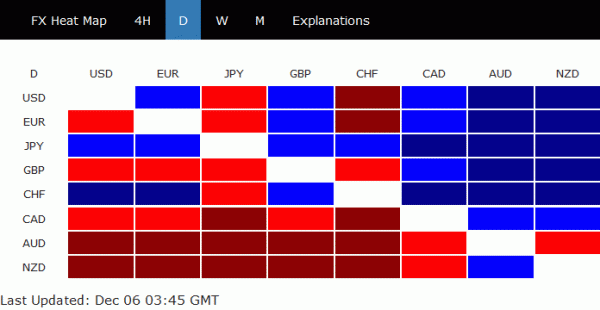
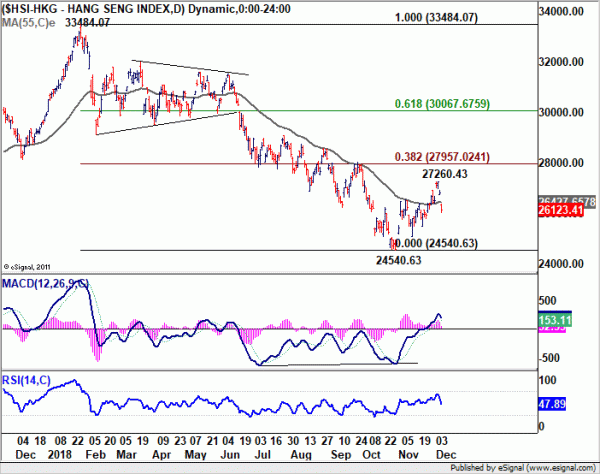
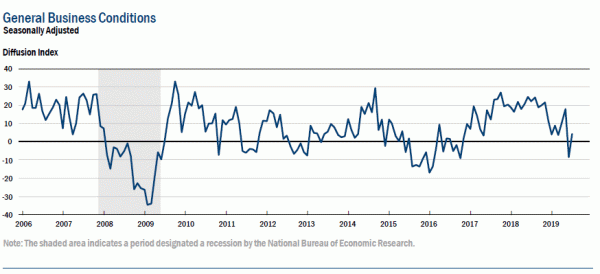
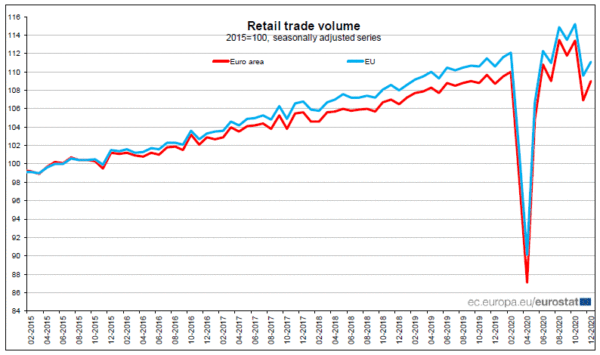
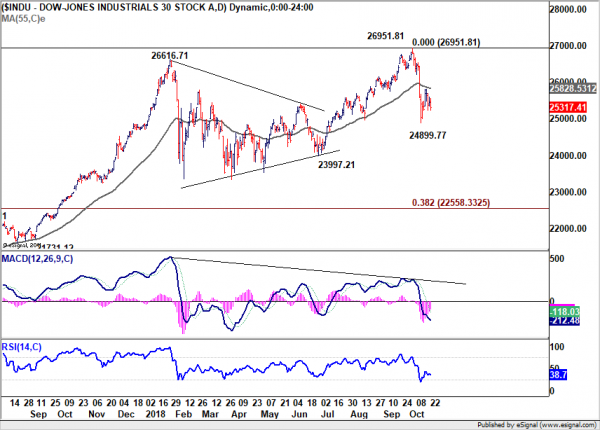
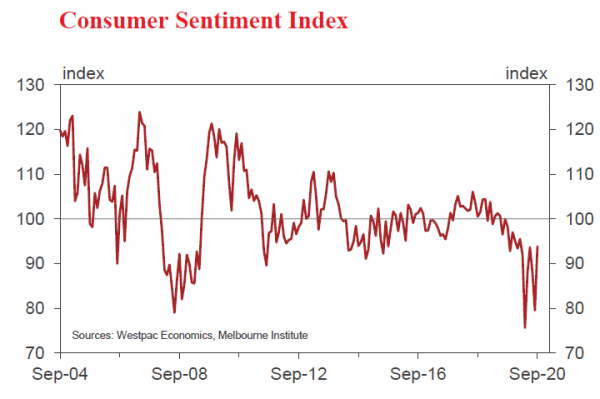
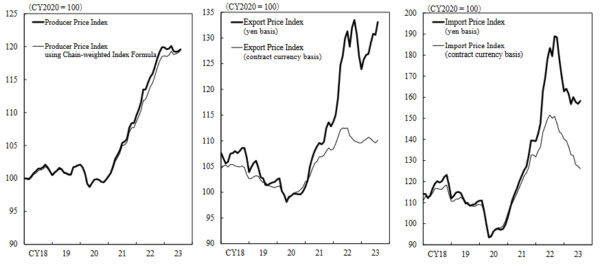



Dollar rally accelerates on super strong ISM manufacturing, highest since 2004
Dollar rally accelerates on much stronger than expected manufacturing data. ISM manufacturing index rose to 61.3 in August, up from 58.1 and beat expectation of 57.8. That’s also the highest level since May 2004. Prices paid index dropped to 72.1, down from 73.2 and missed expectation of 74. Employment component improved 2 points from 56.5 to 58.5.
ISM noted in the released that
Full release here.